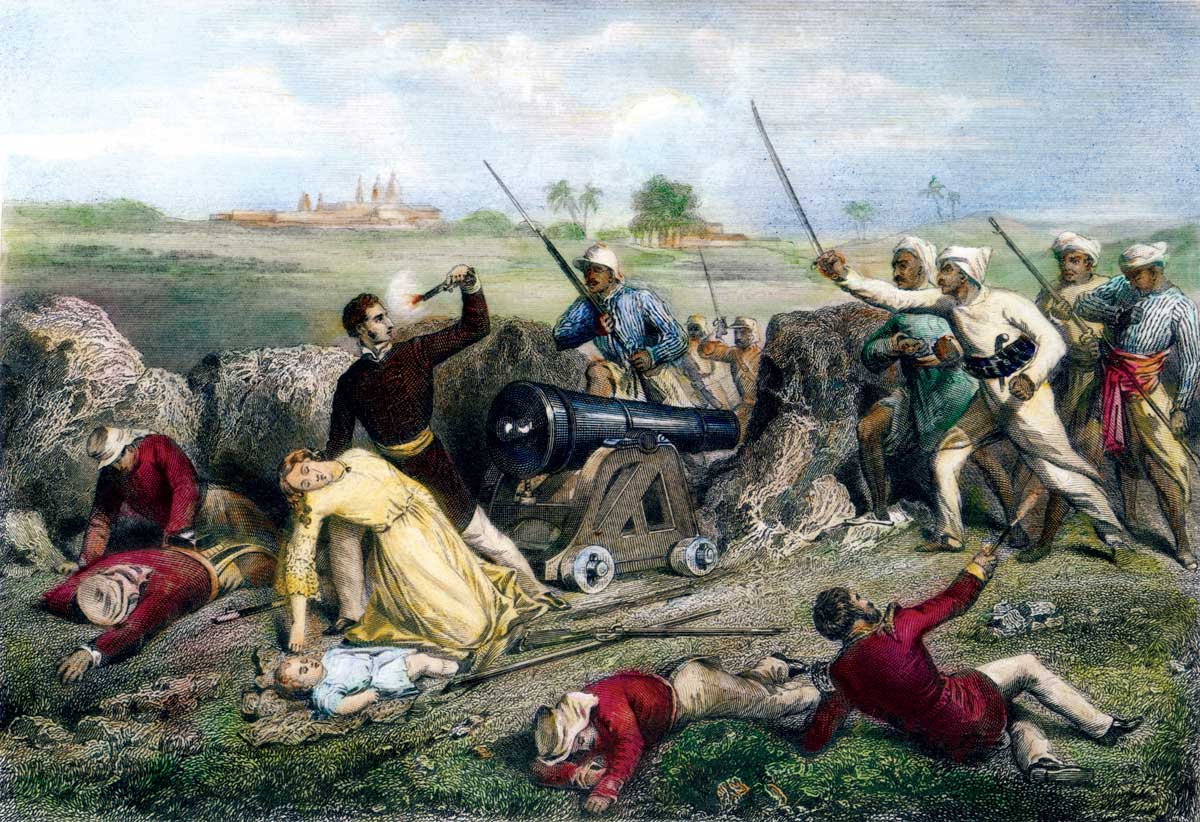The Year of the Sepoy Revolt
How events in British India were leveraged in the debate over slavery.

As Abraham Lincoln noted, the United States in the years leading up to the Civil War was a ‘house divided against itself’. This disunion is often generalised as a fracture between North and South. But, before secession, the growing divide was between determined abolitionists and their equally determined opponents, engaged in a battle over public opinion. This was certainly true in 1857, when Indian sepoys revolted against British rule and captured American attention. This foreign event was of great interest to a nation entrenched in a fierce slavery debate.
